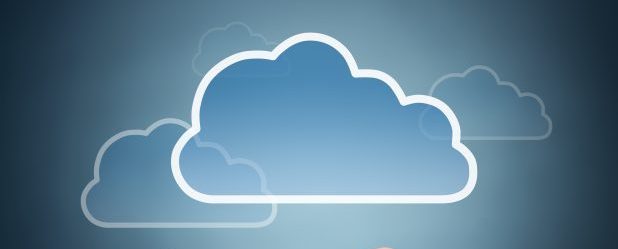Like many folks who are early adopters, we jumped into the Bring Your Own Device (BYOD) game as we thought it would be good for the bottom line, particularly since we have a flexible, virtual workforce combining dedicated Fox Group professionals, combined with subject matter experts that we bring in as and when required.
From our research and analysis working hands on with early adopter enterprise and government clients, we have identified, measured, analyzed and calculated the real IT and end user costs of bringing personal technology devices into the workplace. (Latest term is now bring your own everything or BYOE, which can now include smart-phone, laptop, tablet, even printers!)
From our analysis involving many different types of end users and end point computing devices, it ends up that the true, really accurate costs of deploying and supporting the wide variety of smart phones, laptops, tablets and even PCs has been much higher than anyone had predicted, let alone expected, and has not netted the promises of significant cost savings that the industry had promised. What a surprise?
What do BYOD IT support numbers look like?
We have found that the IT/support/end user time and effort ranges from 1.5 x 3.5 times, sometimes more, for the IT support cost when using non-standard devices, different operating systems and versions of common desktop applications, compared to common, consistent types of devices, operating systems and corporate applications.
This doesn`t sound like much, but if you have hundreds or thousands of IT end devices, this is taking away valuable IT resources from other projects that could actually help improve business results.
Cloud IT support is different
From our analysis, the only major exception to the increased IT support costs would be early adopters of non-PBX organizations using cloud-based Lync or other cloud-based telephony/collaboration applications on smart phones, laptops, etc. These projects have different IT support requirements numbers, reasons to deploy and totally different end user and IT department benefits.
A few examples of some of the reasons for increased IT and end-user time investment
When you have BYOD, IT support staff have to become familiar with how to navigate through numerous combinations of operating systems, printer drivers, access rights, network access differences, let alone the challenges of different versions and configurations for different desktop applications and versions.
Add on top of that different desktop templates with different fonts, style-sheets, even colours,…it becomes a 3-dimensional matrix nightmare that is next to impossible for IT support staff to learn, document and keep up to date with changing devices, operating systems and apps. Hardware and software is changing so rapidly, (OS, firmware and application updates), that it becomes necessary to allocate your most capable resources to work out the configurations for each new situation.
This is reinforced by some of the telecom carriers reducing their smart phone portfolios due to some of the same reasons as I commented on above.
End users who thought it would be much easier have also learned (and complained) that they have more challenges trying to work across different platforms, network and applications than in the past…hence why they are contacting IT shops even more than before.
What are early adopter BYOE customers doing now?
Many of them are moving back to pre-determined supported devices, whether smart-phone, tablets or laptops, and defining personal use policies for expense reimbursement of these devices (some subsidized, some not).
The good news is that newer versions of Microsoft OS allow for multiple profiles, as do some of the smart-phone operating systems. This provides the best of both worlds…the company gets to ‘lock down’ and manage the corporate devices and information, and doesn’t have to worry or be responsible for the personal side.
Predictions for BYOE Future Direction
We believe that many organizations will have to enable employees to bring and use their own devices and use them within their corporate locations, but they will be challenged as to how to support them for the lowest cost and resource time by both IT departments and end users.
We will continue to monitor this trend, and as always, welcome any additional real world facts, challenges or guidance from end users, IT departments or others in the industry.
Do not hesitate to contact Roberta Fox to discuss further. As always, I welcome your thoughts, feedback and comments. You can contact me at Roberta.Fox@FOXGROUP.ca or 905-473-3369 x 1001.






Hi Roberta,
This is some great insight regarding the “bring your own…” phenomenon. With BYOD specifically in mind, employees are now more mobile and productive
than ever. However, as you alluded to, a trade-off is apparent on the IT networking end. With the increase of devices within enterprise networks, networks are undoubtedly becoming more cluttered and much less visible.
However, IT admins fear not, we here at SevOne provide the world’s
fastest, most scalable performance monitoring platform. An all-in-one solution,
SevOne detects and alerts on network and data center performance events before
they impact your business. SevOne developed a next-generation
technology called the SevOne Cluster™ that incorporates the cutting edge
principles behind distributed computing to address any scalability concerns.
SevOne monitors millions of objects across multiple technologies from a single
pane of glass. Customers including the top cable companies, wireless network
and managed service providers, and top financial services institutions rely on
SevOne to monitor the performance of their critical infrastructure.
For anyone interested in downloading our software, check us out here:
https://sevone.com/solutions/network-performance-management